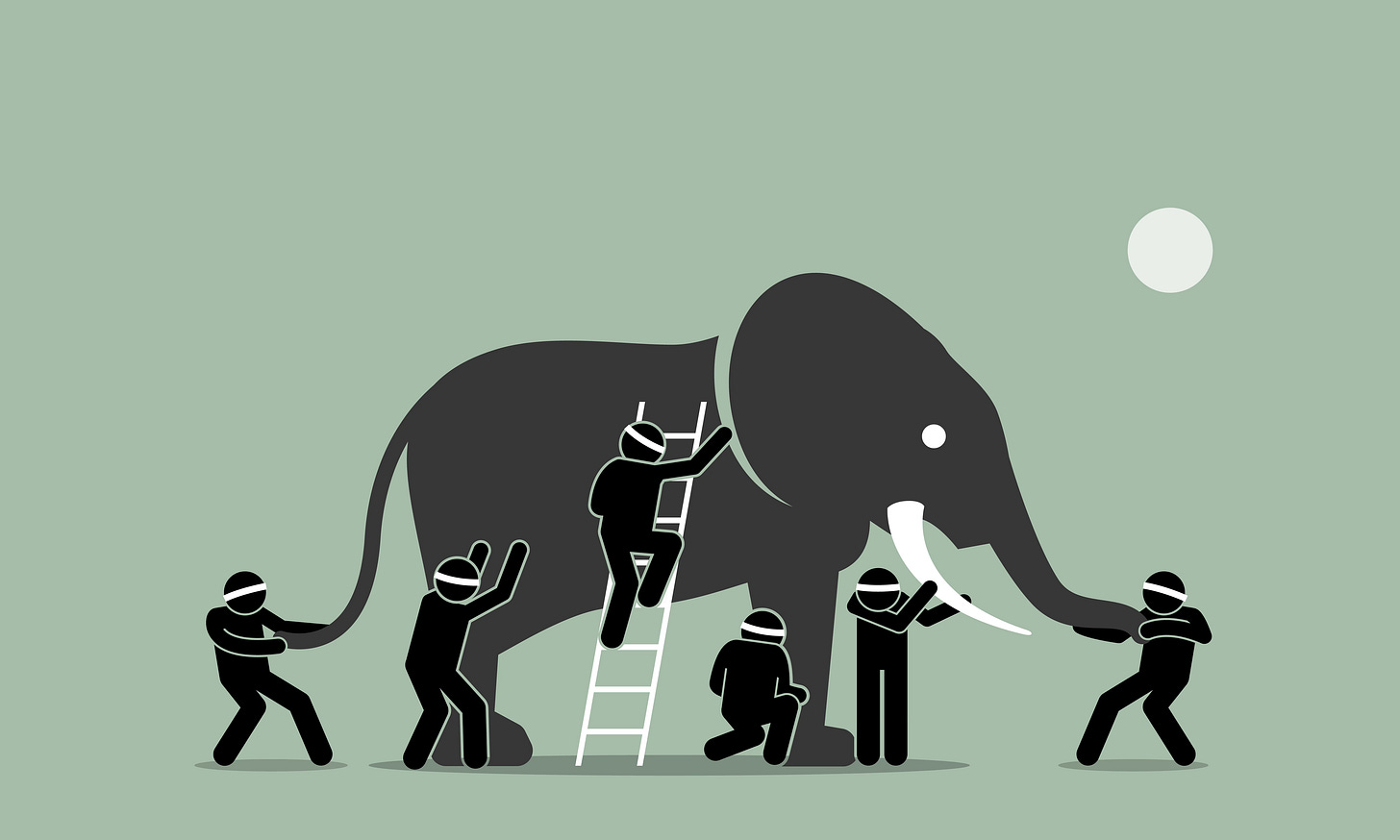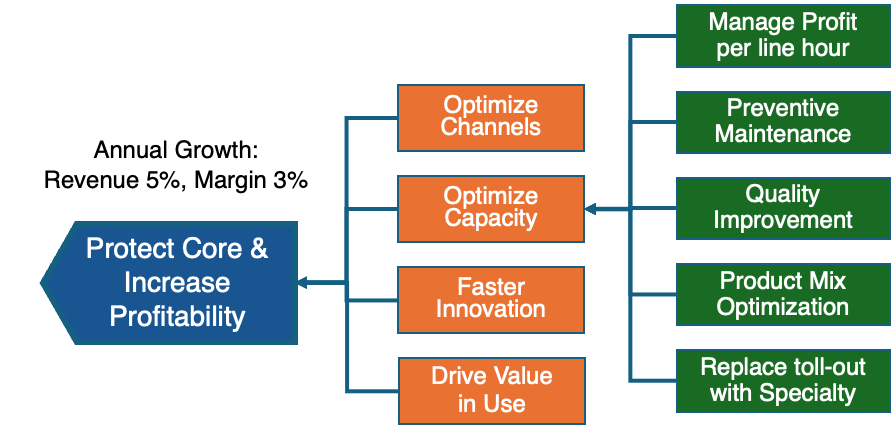Stop Flying Blind: How Driver Trees Align Your Team on What Moves the Needle
One of the most common mistakes you can make as a leader is to assume that everyone on your team sees the business the way you do. Because they rarely do.
We all walk around with a mental model in our heads — a theory of what drives results and what levers really move the needle. The trouble is, that theory is usually implicit. Unspoken. And odds are, every person on your team has a different theory for how things work.
If you don’t believe me, try this simple experiment with your team: Pick one of your top objectives. Ask each member of your team to make a list of the drivers that influence that outcome and to rank these drivers by importance. Then ask them to share that list with each other.
When I have done this exercise with leadership teams, they are often shocked by the outcome: each member of the team has a different theory about what it takes to move the needle.
You are probably familiar with the ancient tale of six blind men who had heard of a strange animal called an elephant and went to visit the palace where the elephant lived, so they could touch it and learn what it was. Each man approached the elephant and felt a different part of its body.
The first man touched the side of the elephant and said: “An elephant is like a wall!”
The second man wrapped his arms around the tusk and said: “No, no, it’s like a spear!”
The third grabbed the trunk and declared: “You’re both wrong. It’s like a snake!”
The fourth felt one of the legs and said confidently: “Clearly, it’s like a tree!”
The fifth ran his hand along the ear and thought: “No, no. It’s like a fan!”
The sixth held onto the tail and said: “You’re all mistaken. An elephant is like a rope!”
Then they began to argue loudly, each insisting he was correct, each unwilling to believe the others. A wise man happened to walk by, heard the commotion, and said gently:"You are all right, and yet all wrong. Each of you touched only one part of the elephant. To understand the whole, you must put your parts together."
Wise leaders do not assume that everybody on their team has the same theory for what moves the needle. They make it explicit. And driver trees are a simple and effective tool to do just that.
What is a Driver Tree?
A driver tree is a simple, visual way to map cause and effect — to lay out, clearly and explicitly, your team’s theory of how the business works. It’s a visual, collaborative way to answer the question: What really moves the needle here?
At the top, you put the outcome you care about most — say, “increase profitability”. Below that, list the key drivers you believe influence that outcome. Then, you break those drivers into the sub-drivers that influence them, and so on, until you get down to actionable levers.
Here is an illustration for what the output of that exercise might look like for the leadership team of a chemicals company:
Why Driver Trees Matter
It’s hard to make progress when everyone is working from a different mental model. Driver trees force the team to clarify its thinking and align on what drives those outcomes. They help to:
✅ Articulate your theory of how the business works
✅ Define what to measure, so you know if you’re really making an impact
✅ Identify the most significant opportunities for improvement
✅ Provide a foundation for systematically pounding away at your goal
Driver trees are particularly powerful for senior leadership teams. Why? Because their members tend to view the world through their own functional lens — sales sees sales drivers, ops sees operational drivers, HR sees talent drivers. A driver tree brings those perspectives together into a shared, holistic model.
When to Use Driver Trees
Being aligned on what moves the needle is always important, but there are a few situations where building a driver tree is especially valuable:
You need to prioritize improvement ideas: Driver trees help you see which improvement efforts are likely to move the needle - and which ones won’t.
You’re developing a dashboard or set of KPIs: Driver trees help you identify leading indicators, which is critical to be able to validate your theory.
You’re trying to identify system pullers: Driver trees help you see more clearly the leverage points in your operating model (for more on system pullers, check out this blog post).
You are onboarding a new executive to your team: Driver trees allow new leaders to quickly grasp how the business works and where they can contribute.
In all of these situations, a driver tree helps to cut through noise and focus energy where it matters most.
The Bottom Line
For leadership teams to be effective, it is not enough to be aligned on its purpose (why the organization exists) and objectives (what you are trying to accomplish). You also need to be aligned on the how. Aligning on a shared view of what moves the needle is critical to focus scarce resources and efforts on the critical factors that can move your business forward.
Keep in mind it’s just a working theory - your team's current best guess at what moves the needle. It should evolve as you experiment and learn what really drives results.
Driver trees are not a silver bullet. But they’re a simple, powerful way to bring clarity to complexity, help the members of your team see where they can contribute, and enable the team to pound away at the right problems together.
Driver trees are just one of many tools that can help leaders elevate their team’s performance. Our Level Up framework provides a structured approach to help you and your team identify opportunities, build capabilities, and implement changes that make work more productive, valuable, and motivating. From lightweight guidance to comprehensive transformation support, we offer flexible solutions that meet you and your team where you are. To learn more about how we can help, get in touch!






